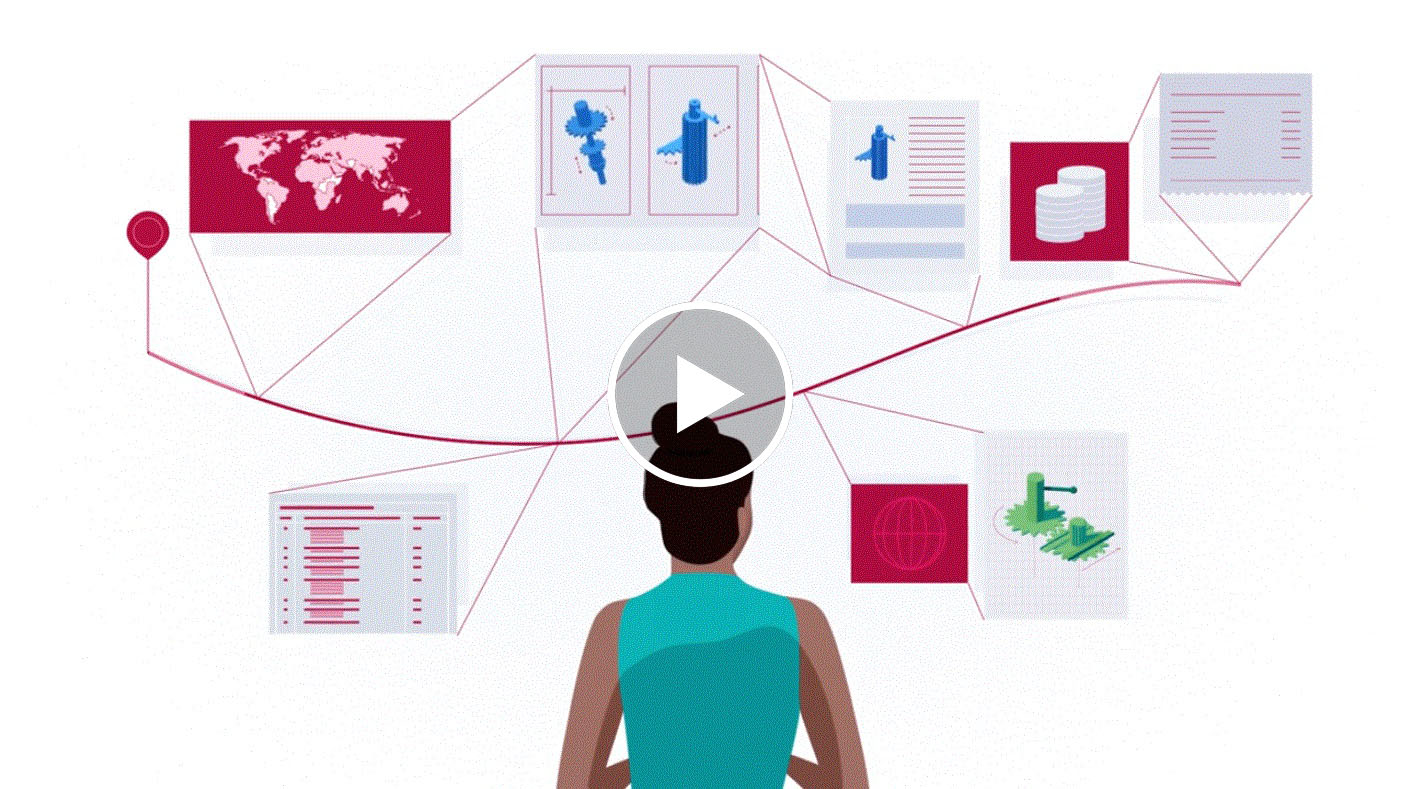
Welcome to the Patent Cooperation Treaty (PCT) system.
If you found this page, it is probably because:
a) you are interested in protecting an invention in countries other than your own by obtaining a patent or similar type of protection; and
b) you have heard that the PCT system may help you do that.
This short summary explains how the PCT system works, as part of a strategy to protect your invention in other countries.
The PCT: Seeking Patent Protection Beyond Borders

The PCT system, a service based in a WIPO Treaty, allows innovators to seek patents internationally through a single, rationalized procedure.
Under the PCT system, you can file one PCT application in one language at one patent office, within 12 months from the date of the earliest patent application that you have filed for the same invention (the “priority date”). This one PCT application has the same legal effect as filing separate patent applications in the more than 150 PCT member countries (known as “Contracting States”).
By using the PCT system, you can postpone paying significant national patent-related fees while you learn about the likelihood of having a patent granted for your invention. You benefit from more time and information to help you decide whether, and in which countries, to pursue patent protection.
You are entitled to file a PCT application if you are a national or resident of a country that is a PCT Contracting State. If there is more than one applicant named in your PCT application, only one of those applicants must meet this requirement.
You must submit a PCT application to a “receiving Office” that is eligible to receive it, based on the applicant’s nationality or residence. Most national and regional patent offices of PCT Contracting States act as receiving Offices, as does the International Bureau of WIPO.
Your PCT application should contain all of the following:
A “Request” that includes:
The application body, containing:
You can file your PCT application in any language accepted by the receiving Office. If the PCT application is in a language not used by the ISA, you will be required to submit a translation in a language accepted by that ISA.
Most applicants file PCT applications electronically. WIPO recommends that you prepare and file your PCT application using “ePCT”, WIPO’s online service designed to help applicants file PCT applications, as well as securely monitor and interact with their applications after filing.
You pay a set of three fees when filing your PCT application:
Fees are payable in the currency set by the receiving Office.
Fee reductions may apply depending on type of applicant(s), the receiving Office and ISA chosen, and whether the PCT application is filed electronically.
If your PCT application does not comply with the formality requirements outlined above, the receiving Office will invite you to submit corrections.
The ISA selected in your PCT application will produce a search report (identifying published patent documents and technical literature that may influence whether your invention is patentable) and a written opinion detailing your invention’s potential patentability. You receive a copy of these two documents about 4 months after filing your PCT application. The findings and opinions in the report provide both the applicants and patent offices with helpful information on the likelihood of having a patent granted, but are not binding.
As soon as possible after the expiration of 18 months from the priority date, WIPO publishes your international application together with the search report on PATENTSCOPE, WIPO’s patent database. After publication, you will have additional time to consider the information in the search report and decide if you want to continue pursuing patent protection.
In this optional procedure, a second ISA identifies, at your request, additional published documents that may not have been found by the first ISA in the main search, because of the diversity of prior art (in different languages and different technical fields) and produces a Supplementary International Search Report. Additional costs apply to a request for supplementary international search.
In this optional procedure, an International Preliminary Examining Authority (one of the ISAs) carries out an additional patentability analysis, usually on your amended application (amending your invention in light of the search report and written opinion of the ISA). The final outcome is an examination report providing an opinion on the potential patentability of your invention based on PCT standards. Additional costs apply for this examination. This report, like the search report, provides helpful information but is not binding on offices in the national phase.
At the end of the PCT procedure, you must decide whether to continue pursuing protection for your invention and in which countries. If you decide to move forward, you will need to “enter the national phase” with your PCT application, where each national or regional office you select will assess your patent application.
The time limit for “entering the national phase” is generally 30 months from the priority date. To enter the national phase, some national or regional Offices will require you to translate your PCT application. You must also pay filing and processing fees to each office, and in most countries, appoint a local patent representative to assist you.
In the national phase, the national and regional patent Offices assess your patent application according to their national laws and procedures, taking into account the results of the PCT search and examination received from WIPO.
More resources are available on the PCT website, including: